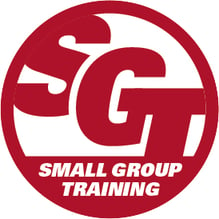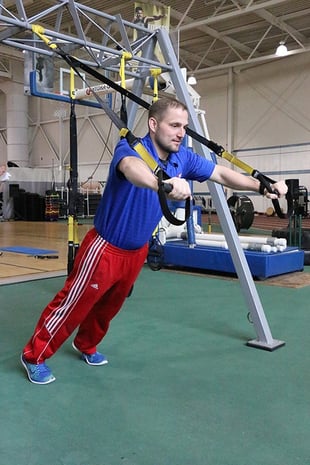 Continuing with our Group Fitness Class of the Month series, for April we are highlighting TRX. TRX suspension training is definitely one of my favorites both to teach and to participate in! If you have not tried a class yet or ever incorporated it into your personal workout plan, you are for sure missing out!You can complete an entire workout on the TRX system or simply use it to supplement any workout plan that you have going. No matter what your current level of fitness is, this minimal piece of equipment will enhance your overall health and fitness!
Continuing with our Group Fitness Class of the Month series, for April we are highlighting TRX. TRX suspension training is definitely one of my favorites both to teach and to participate in! If you have not tried a class yet or ever incorporated it into your personal workout plan, you are for sure missing out!You can complete an entire workout on the TRX system or simply use it to supplement any workout plan that you have going. No matter what your current level of fitness is, this minimal piece of equipment will enhance your overall health and fitness!
The Many Benefits of TRX Workouts
Let’s look at why you should incorporate the TRX into your workout regimen.
- It’s versatile: One of the best things about the TRX system is that you can literally take it anywhere. Use it at home, at the gym, or outside around a tree branch. You can even strap it to the back of a hotel door when you are traveling. This small piece of equipment fits into any suitcase and is about the size of a toiletry bag.
- Focuses on your core: No matter the exercise, the TRX is great because it utilizes your core in everything you do. Because you have to balance often, the core gets worked no matter what.
- If you’re tight on time, NO PROBLEM!: This is the answer for those who have minimal time to squeeze in a workout. In even 20 minutes, you can get a full-body workout—and a pretty good one, in my opinion!
- All workout types are possible: Using the TRX, you can do any workout you want. With the simple TRX straps, you can hit mobility, flexibility, strength, cardio, and balance workouts.
- Anyone can do it: No matter your age, height, weight, or current fitness level, the TRX can be done by anyone. Each exercise is adjustable to meet all the levels from the first-time exerciser to the daily gym rat.
- The combinations are endless: There is one thing that I can assure you: when working out on the TRX, you will never get bored. There are so many different combinations of exercises; no two workouts ever have to be the same. I have been a certified TRX instructor for 5 years now and can say I don’t know that I have ever repeated a workout twice.
- It’s hard!: Don’t knock it if you haven’t tried it. For all those who look over at the black and yellow straps hanging down and think, “That workout is for sissies,” I challenge you to try it! Even the most elite athletes who get on the TRX and really hit some of the challenging exercises will walk away exhausted and satisfied.
- It’s customizable: Whatever you’re looking for in a workout, the exercises done on the TRX can be customized to meet your needs. You can even begin to incorporate additional pieces of equipment, like kettlebells or dumbbells, into workouts to really up the ante.
Try It at NIFS
If these things don’t sell you on the TRX, you are just going to have to get into the gym and try it out for yourself. With TRX being the class of the month, the staff at NIFS would be happy to have you join us! To get a free class pass for guests to NIFS, click here. Check out the group fitness schedule for when classes are offered.
This blog was written by Amanda Bireline, BS. To read more about the NIFS bloggers, click here.


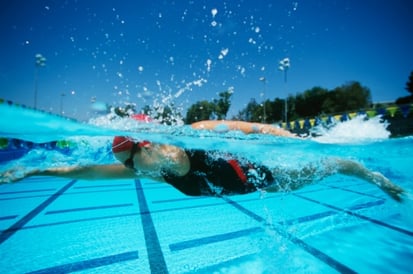 In my previous
In my previous 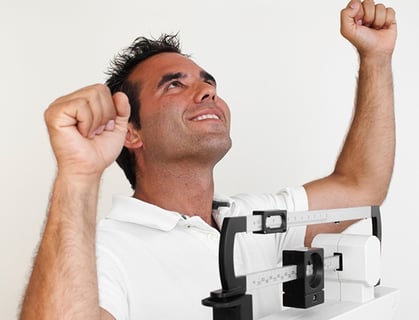 Losing weight can be one of the most frustrating things to work at. We all know someone who has gone through it or may have experienced ourselves the constant ups and downs and carrying the heavy burden that goes along with it.
Losing weight can be one of the most frustrating things to work at. We all know someone who has gone through it or may have experienced ourselves the constant ups and downs and carrying the heavy burden that goes along with it. 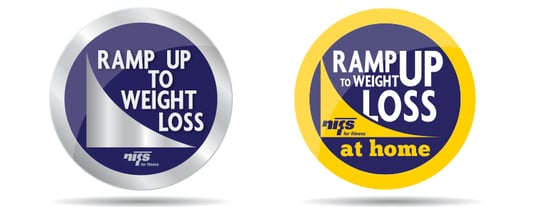

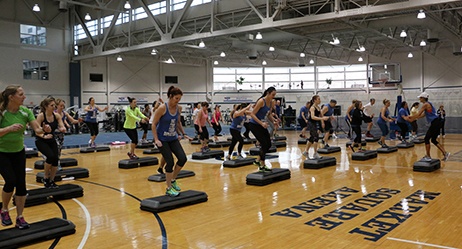 Step aerobics has been around for some time. We are all aware of its huge popularity in the 80’s, and while some may have thought it was dead and gone, many know it is alive and kicking! With the launch of
Step aerobics has been around for some time. We are all aware of its huge popularity in the 80’s, and while some may have thought it was dead and gone, many know it is alive and kicking! With the launch of 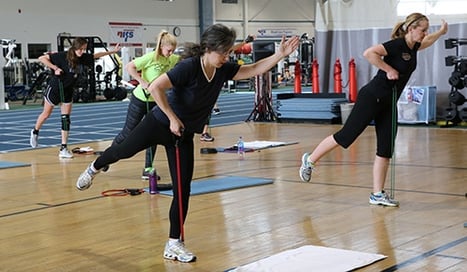 If you take a few minutes to google the various types of fitness training out there, you will come up with a list of about 10 different ones, and then 10 more different variations of each of those. And each year more and more “fitness trends” come out, making it quite confusing for the consumer as to what to choose and where to start. It can be confusing and even frustrating choosing what is right for you and your body.
If you take a few minutes to google the various types of fitness training out there, you will come up with a list of about 10 different ones, and then 10 more different variations of each of those. And each year more and more “fitness trends” come out, making it quite confusing for the consumer as to what to choose and where to start. It can be confusing and even frustrating choosing what is right for you and your body. 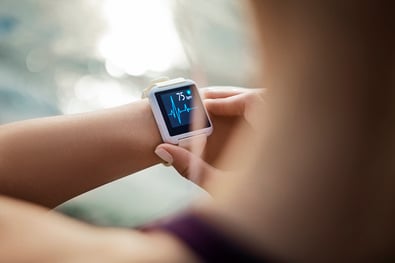 This type of training is specific to each individual and their personal zones. You can read more
This type of training is specific to each individual and their personal zones. You can read more 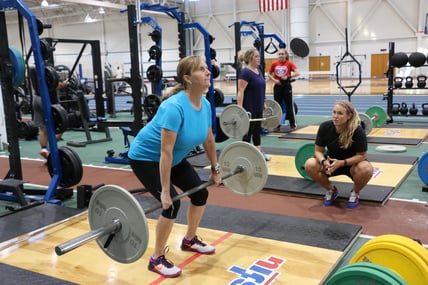 Strength training typically is done with heavy weight but can be done with lighter ones as well. This style of training is directly associated with Newton’s law: mass x acceleration = force.
Strength training typically is done with heavy weight but can be done with lighter ones as well. This style of training is directly associated with Newton’s law: mass x acceleration = force.  Hopefully you are off to a solid start on your 2017 goals. I would venture to say that many are as we are still in the first month. But if you haven’t started to put those goals into action yet, it’s not too late!
Hopefully you are off to a solid start on your 2017 goals. I would venture to say that many are as we are still in the first month. But if you haven’t started to put those goals into action yet, it’s not too late!  Maybe one of your goals was to complete your first 5K or spring half-marathon. Now is the time to put those goals into action. Join us for our
Maybe one of your goals was to complete your first 5K or spring half-marathon. Now is the time to put those goals into action. Join us for our 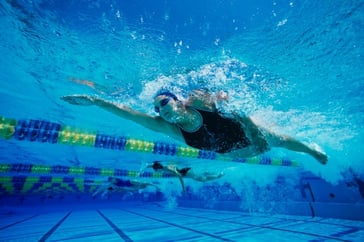 Nothing sounds more dreadful to me than putting on my suit to jump into the pool to do some lap swimming on a sub-20-degree winter day (unless, of course, it’s a belly-smacker challenge—then I’m in!). But with the vast benefits that come from swimming, the draw tends to be a little bit enticing (and here are some ideas for
Nothing sounds more dreadful to me than putting on my suit to jump into the pool to do some lap swimming on a sub-20-degree winter day (unless, of course, it’s a belly-smacker challenge—then I’m in!). But with the vast benefits that come from swimming, the draw tends to be a little bit enticing (and here are some ideas for 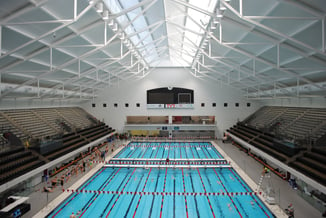
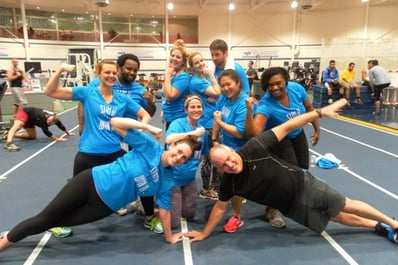 New year? Yes. Weight-loss goal? Yep. Team competition? Sign me up! It’s time to get ready for our 7
New year? Yes. Weight-loss goal? Yep. Team competition? Sign me up! It’s time to get ready for our 7
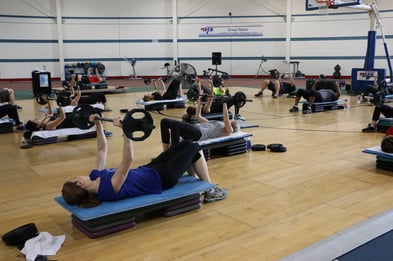 January’s group fitness class of the month is
January’s group fitness class of the month is 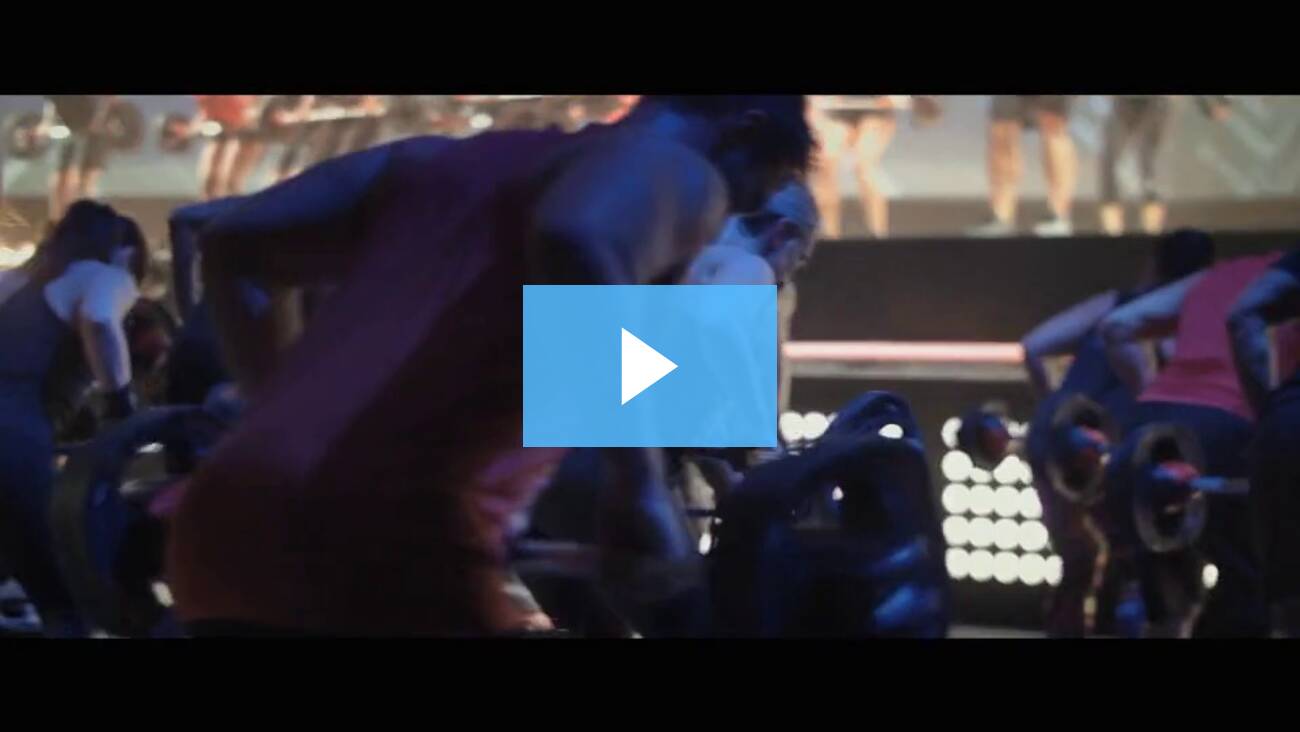
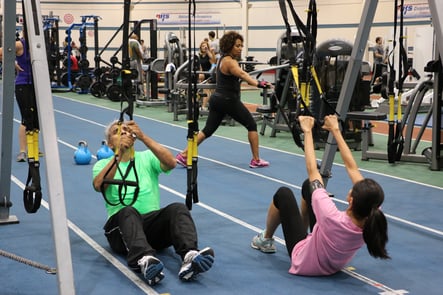 When most of us hear the personality type words
When most of us hear the personality type words 